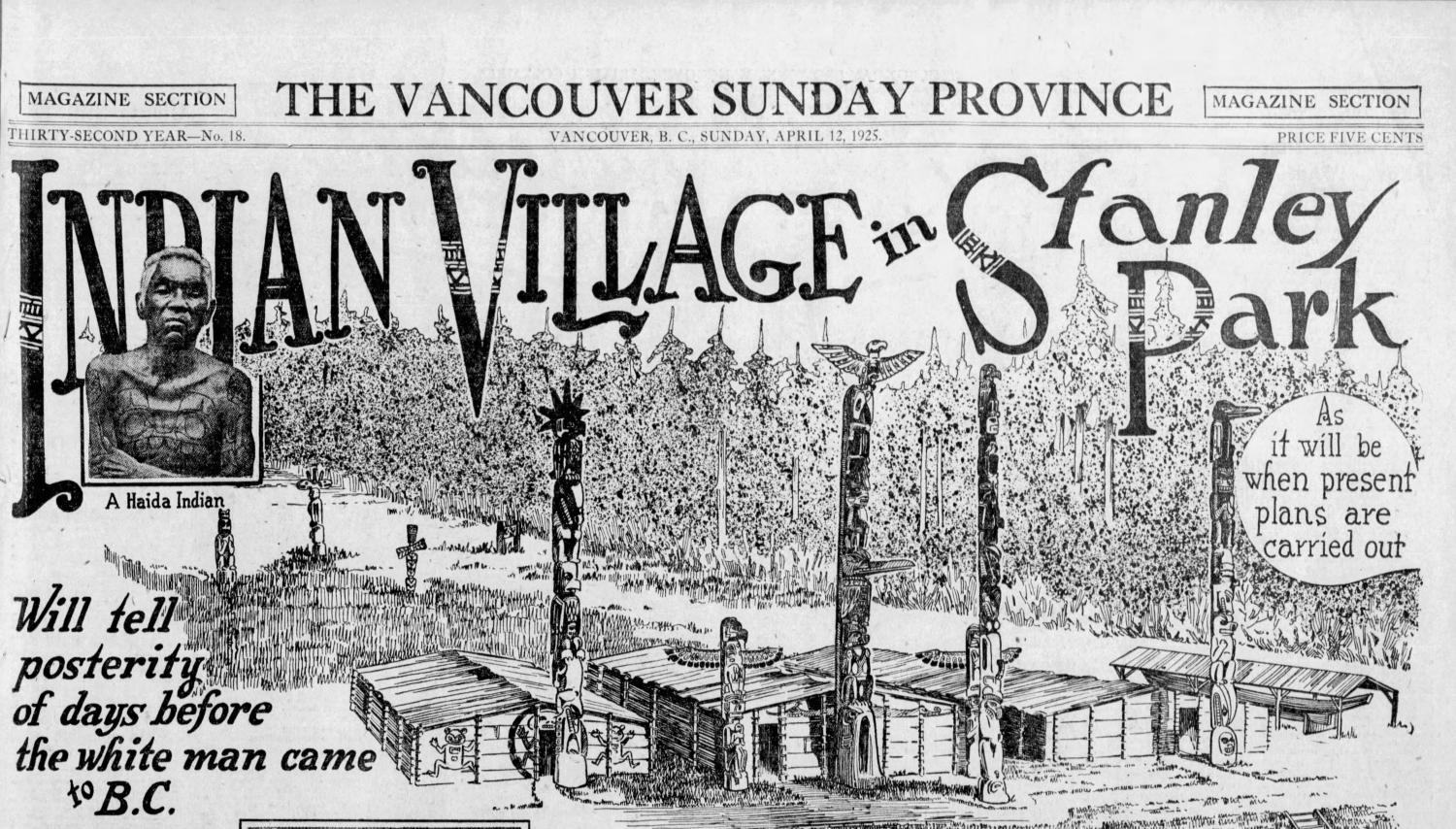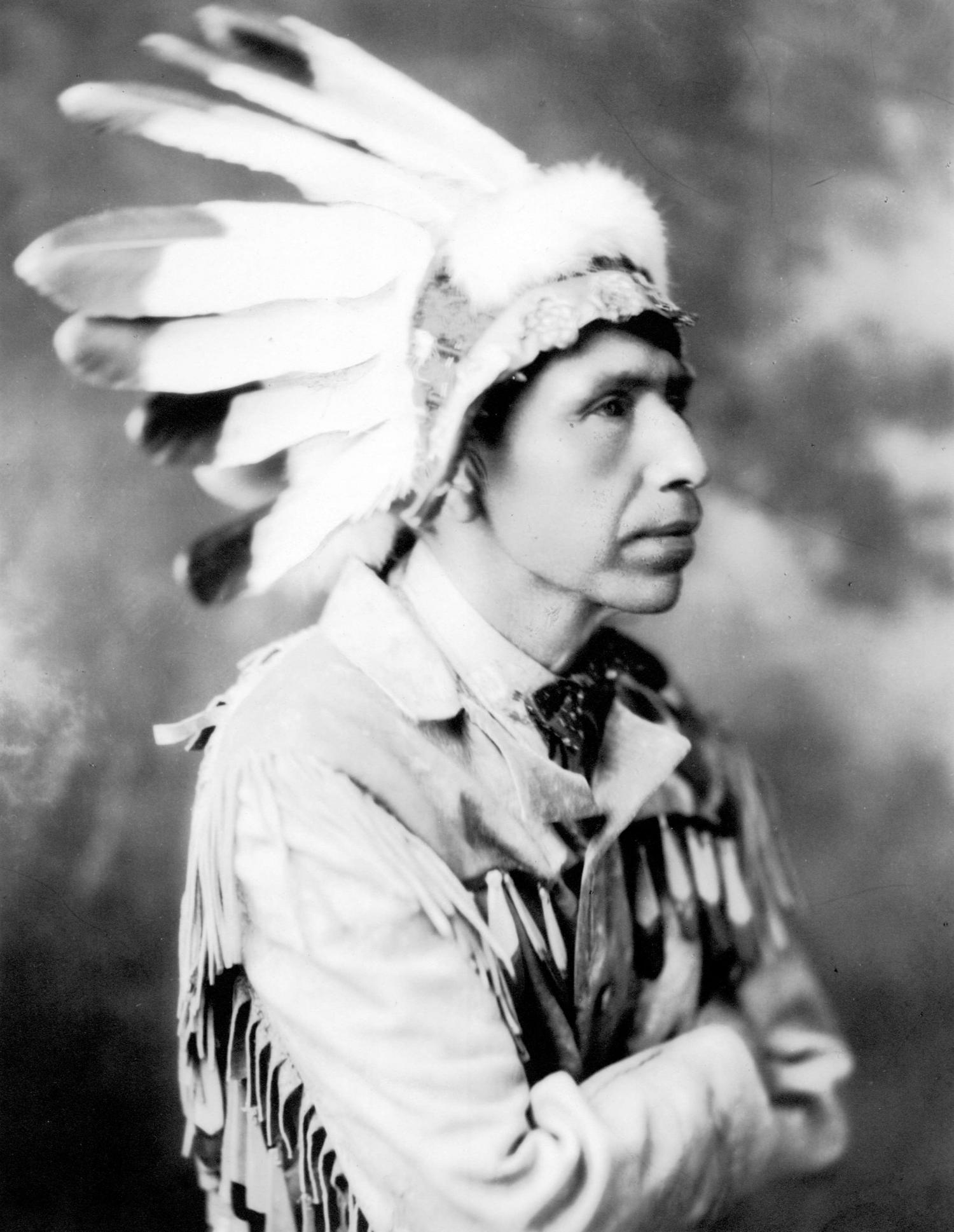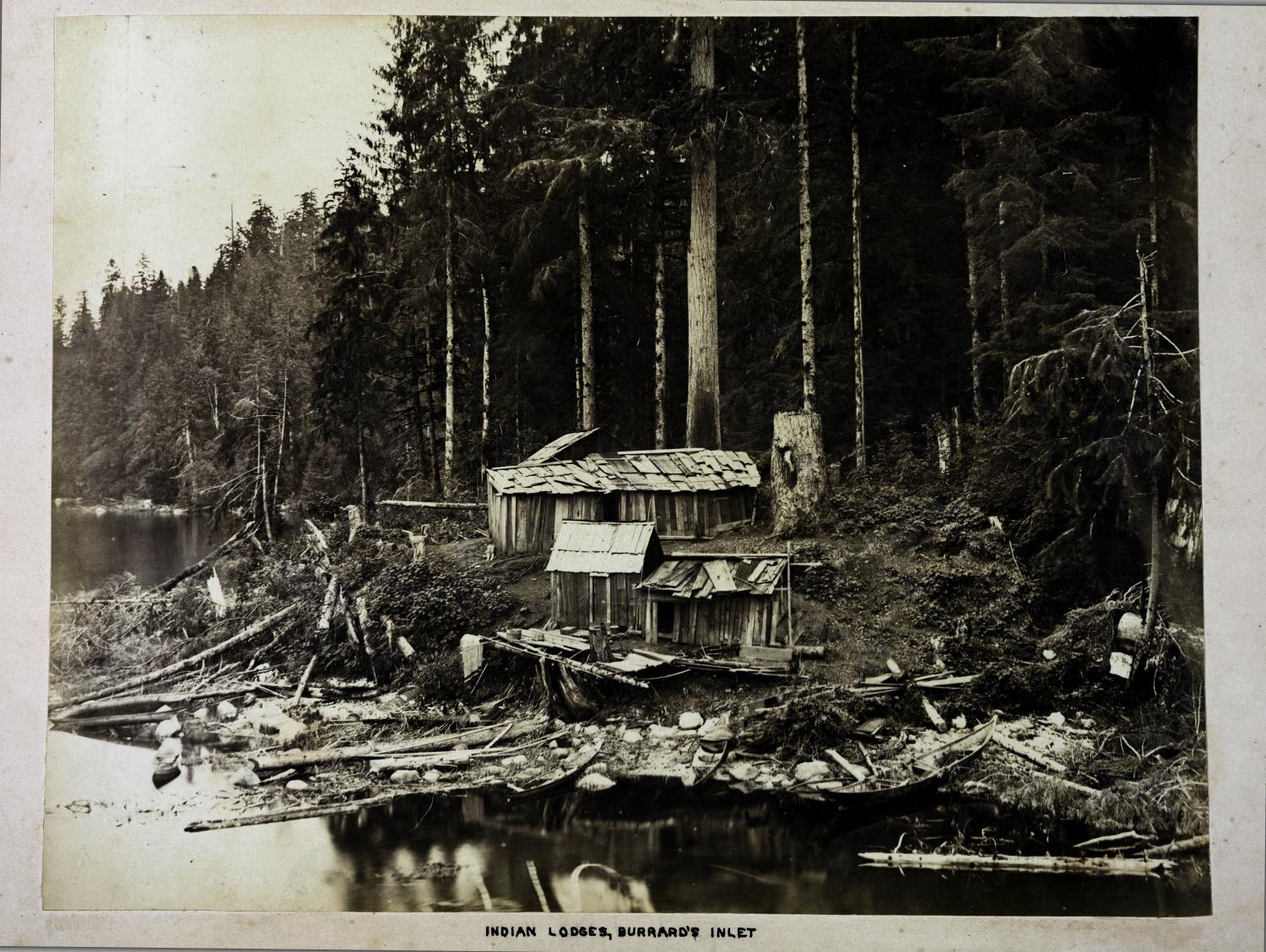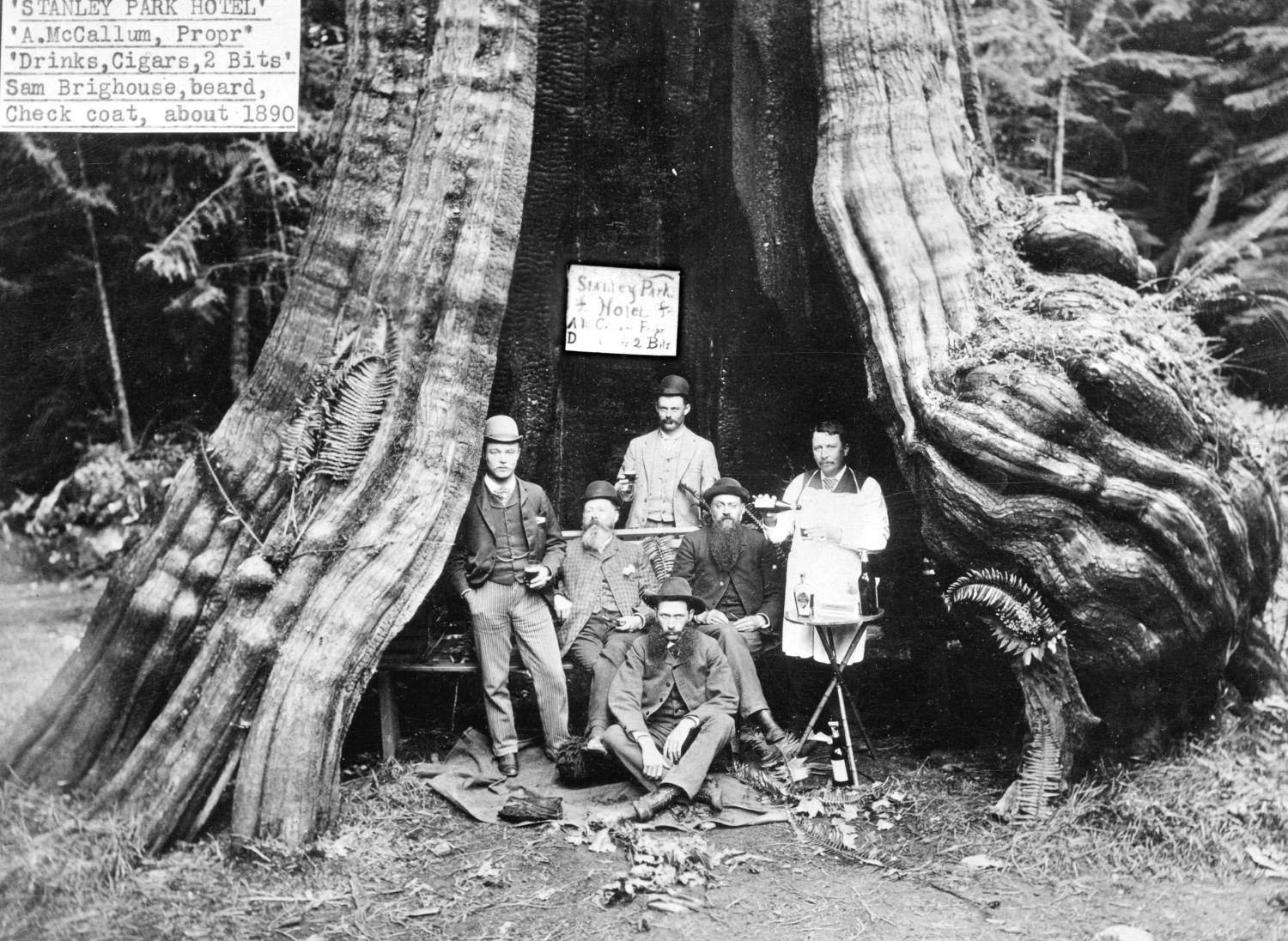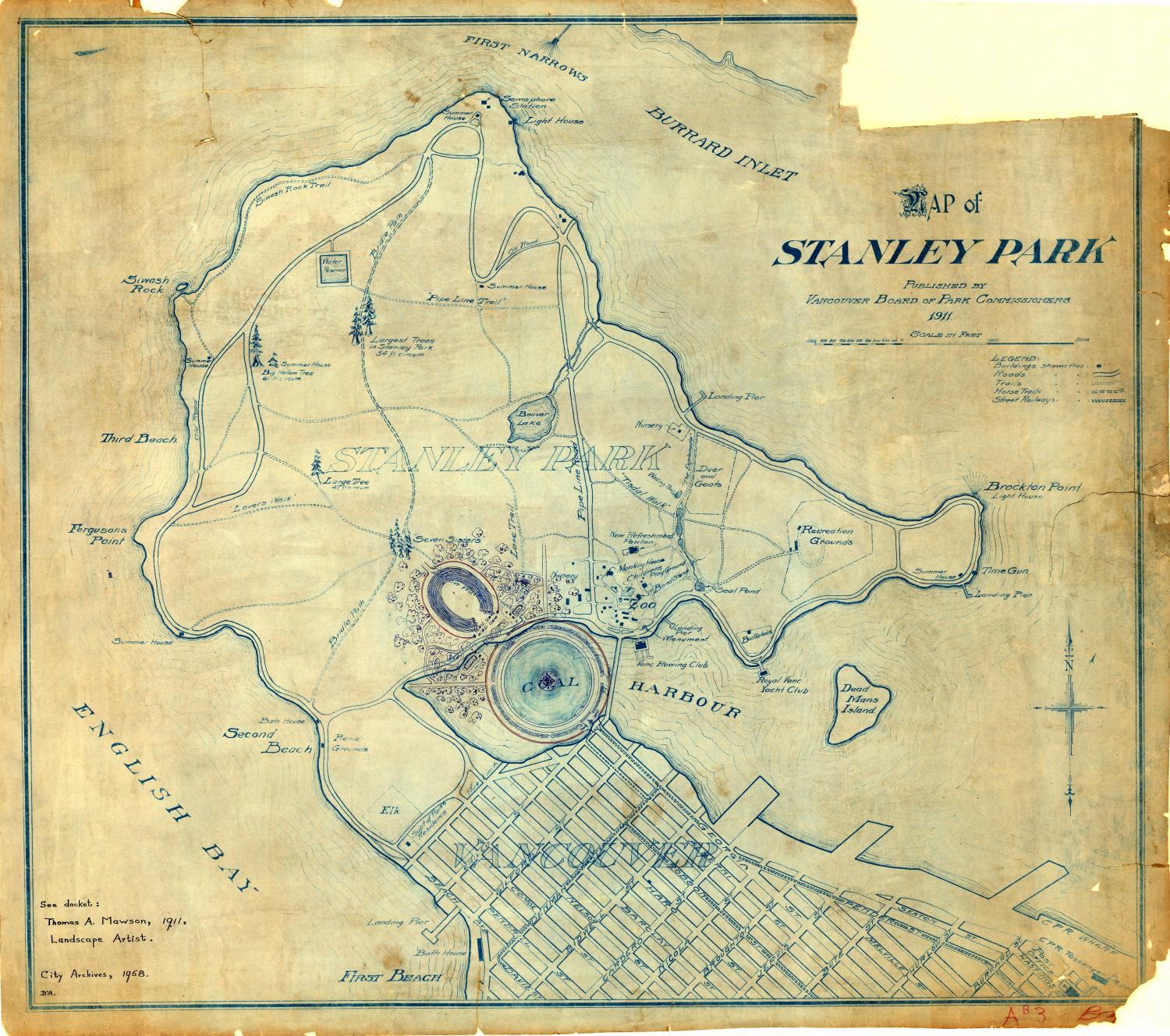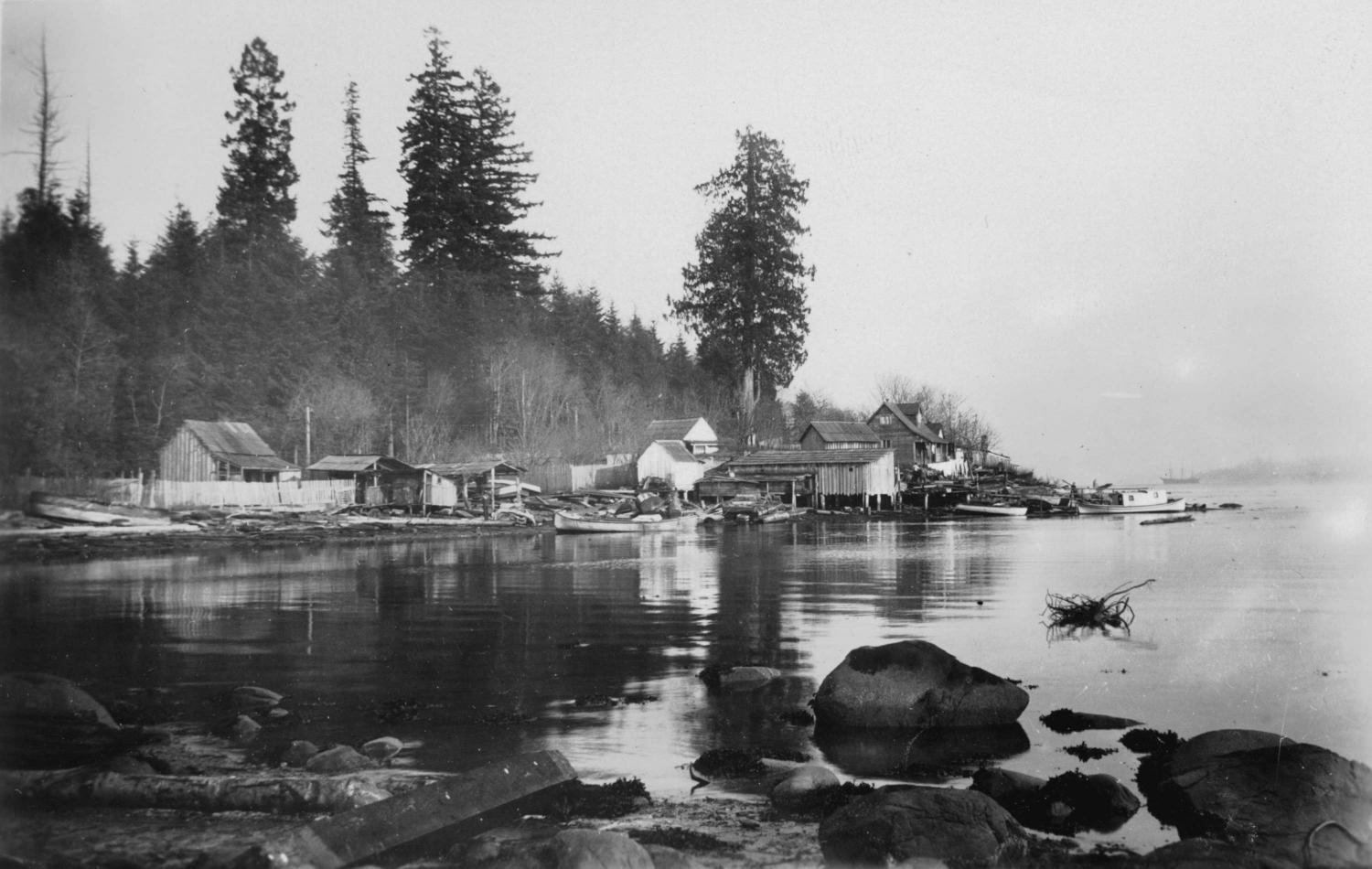Stanley Park Established
The creation of one of Canada's largest urban parks displaced scores of longtime residents
Date: 1887
One morning in 1887, in a Squamish village immediately west of Vancouver called Chaythoos — today a sliver of Stanley Park — a family was eating breakfast when they were startled by the heavy thump of an axe hitting wood. And then another chop, and then another; the house shook. The family rushed outside to find a couple of men chopping at the corner of their home.
Recounting the moment years later, August Jack Khatsahlano, a famous Squamish chief who was only a boy at the time, remembered his sister Louise asking them what they were doing.
“We’re surveying the road,” one responded. “Whose road?” asked Louise. “Is it white man’s?”
According to Khatsahlano, the road surveyors carved off a chunk of his family’s home to make way for their survey line. Soon, the whole building would be gone, along with the rest of the village. In its place, a freshly-paved road made from discarded shells, bones and other artifacts dug up at a neighbouring Indigenous village called X̱wáýx̱way (pronounced Whoi Whoi). That day, the workers told Louise their family would be compensated for the loss of their home. “But they have not paid yet,” said Khatsahlano nearly 60 years later.
The newly-incorporated City of Vancouver was in the midst of transforming the peninsula to its west into the city’s first park, a humongous urban oasis inspired by the likes of Central Park in New York City and San Francisco's Golden Gate Park, with an acre to offer each of its thousand residents. But Stanley Park, as it was soon named, was by no means a virgin forest. People had lived there for 3,000 years, and scores still did. That didn’t seem to matter though. On Sept. 27, 1888, a jubilant ceremony at Prospect Point — where Chaythoos once stood — marked the official opening of Stanley Park, named after Canada’s sixth governor general, Frederick Stanley.
Over the ensuing decades, more park residents lost their homes, sometimes through violent means. X̱wáýx̱way, the largest settlement when the park opened, previously stood on the east side of the peninsula near Lumberman's Arch. By the turn of the 20th century, it was mostly vacant. To the park’s southeast, just outside its limits, descendants of Hawaiians who had come to work in British Columbia’s fur trade lived in a settlement called Kanaka Ranch. By the early 1900s, their community was no more. Chinese immigrants had also lived throughout Stanley Park. When they refused to leave, the parks board reportedly set their houses ablaze and cut their livestock loose.
Families at Brockton Point, on the western tip of the park, were the last to leave. This community resisted eviction until the early 1930s when their attempt to keep their homes died at the Supreme Court of Canada. Their case had relied upon oral testimony claiming families had lived there for decades. But the court agreed when government lawyers argued that “native Indians have no idea of time.” One pair of siblings, however, was allowed to stay. Tim and Agnes Cummings lived out the rest of their days in a small cottage on the point. Their home came down soon after Tim died in 1958.
Where once people lived and raised their families, now city dwellers escaped to Stanley Park for leisure and solitude and to get a sense of what Vancouver looked like before Europeans arrived. That’s not to say the park was left untouched. Despite branding it as such, the city introduced athletic fields, lighthouses, a bandstand and a zoo in the park's first few years, among various other installations.
Ironically, just as Vancouver was fighting to displace the last of Stanley Park’s Indigenous inhabitants in the 1920s, the city erected four totem poles near Lumberman’s Arch. The poles — originally from Alert Bay on the northeast coast of Vancouver Island — were one component of a replica “Indian village” the city was planning. “Every effort will be made to have the village seem as true to historic detail as possible,” reported The Province at the time. It never came to fruition.
Sources:
1. 5 Secret Stories From Stanley Park. Forbidden Vancouver Walking Tours, forbiddenvancouver.ca/blog/five-secret-stories-from-stanley-park/.
2. Barman, Jean. Erasing Indigenous Indigeneity in Vancouver. BC Studies, Autumn 2007, ojs.library.ubc.ca/index.php/bcstudies/article/download/626/669/0.
3. Barman, Jean. Stanley Park's Secret: the Forgotten Families of Whoi Whoi, Kanaka Ranch and Brockton Point. Harbour Pub., 2007.
4. de Boer, Alex. Her Family Lived in Vancouver's Stanley Park until They Were Forced out in 1931 . CBC Radio, 30 Sept. 2019, www.cbc.ca/radio/docproject/her-family-lived-in-vancouver-s-stanley-park-until-they-were-forced-out-in-1931-1.5288311.
5. Donaldson, Jesse. An Unnatural History of Stanley Park. The Tyee, 27 Sept. 2013, thetyee.ca/Life/2013/09/27/Unnatural-History-of-Stanley-Park/.
6. Historical Overview of Stanley Park. Stanley Park Ecology Society, stanleyparkecology.ca/wp-content/uploads/downloads/2012/02/SOPEI-Historical-Overview-of-Stanley-Park.pdf.
7. Kheraj, Sean. Stanley Park. The Canadian Encyclopedia, 8 June 2017, www.thecanadianencyclopedia.ca/en/article/stanley-park.
8. Mackie, John. Stanley Park, the Natural Wonder of Vancouver, Was Shaped by Humans. The Vancouver Sun, 15 Aug. 2013, vancouversun.com/News/Metro/vancouvers-stanley-park-a-natural-wonder-was-shaped-by-humans.
9. Mackie, John. This Week in History: 1924 A Model Indian Village Is Planned for Stanley Park. The Vancouver Sun, 29 Mar. 2019, vancouversun.com/news/local-news/this-week-in-history-1924-a-model-indian-village-is-planned-for-stanley-park.
10. Matthews, James Skitt. Conversations with Khahtsahlano, 1932-1954: Matthews, James Skitt. City of Vancouver Archives, 1955, archive.org/details/ConversationsWithKhahtsahlano1932-1954_346/page/n193/mode/2up?q=stanley%2Bpark%2Broad.
11. Shore, Randy. Before Stanley Park. The Vancouver Sun, 17 Mar. 2007, www.pressreader.com/canada/vancouver-sun/20070317/281844344180216.
12. Tkach, Glenn. The Hollow Tree. Forbidden Vancouver Walking Tours, forbiddenvancouver.ca/blog/the-hollow-tree-2/.
13. Underwood, Jacqui. “August Jack Khatsahlano.” Vancouver Exposed: A History in Photographs, Waite Bird Photos, 2010, old.globalbirdphotos.com/ve/022_029_August_Jack_Khatsahlano_Jacqui_Underwood.pdf.
